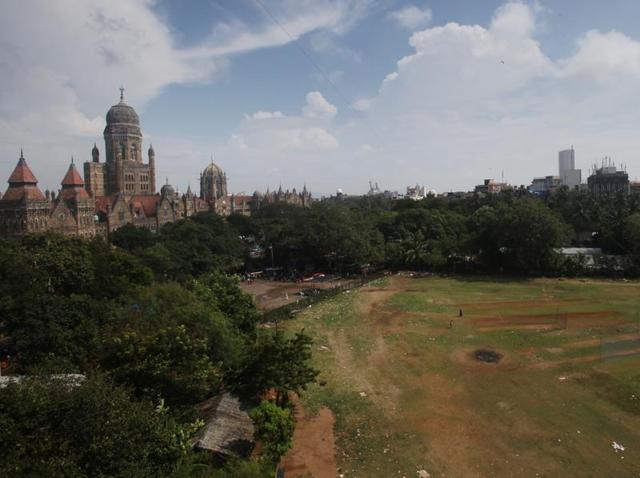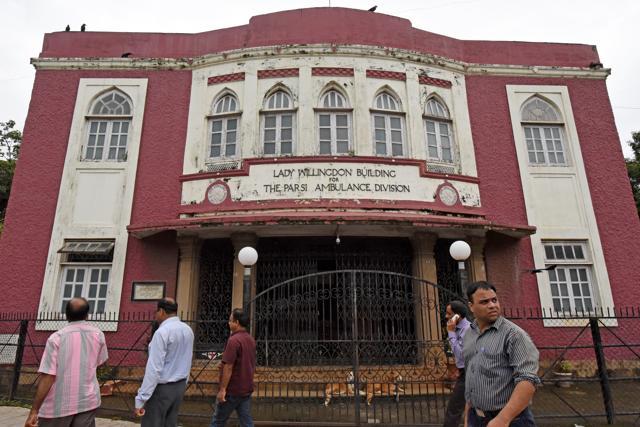Insider’s guide to… Bazaar Gate
We go for a walk to an area that technically doesn’t exist anymore - the fort that consolidated the Bombay Presidency once stood
When we search for Bazaar Gate on Google Maps, it doesn’t show up. Actually, it will never really show up —it, technically, no longer exists. South Mumbai, formerly known as Bombay Fort, gets its name from Fort George, the defensive fort built by the British.

Bharat Gothoskar, founder of Khaki Tours, says the area consisted of three gates, the Apollo Gate - at Apollo Bunder, Colaba, the Church Gate - where the Flora Fountain now stands, and Bazaar Gate – that is today the Chhatrapati Shivaji Terminus Bus Depot .
In the 1860s, these gates were demolished to get larger expanses of land. Gothoskar takes us to some of the popular spots beyond the erstwhile Bazaar Gate.
DID YOU KNOW?
>> In the 1850s, the Great Indian Peninsular Railway built its railway terminus around the Bazaar Gate, and the station took its name as Bori Bunder Terminus. It got its name from Marathi words ‘Bori’ (a sack) and ‘Bandar’ (a port). The area around the station was used as a storehouse for goods imported and exported from the city and acted as an active market place. And thus, the area came to called at the Bazaar (market) gate.

>> Azad Maidan is the triangular shaped sports ground opposite Chhatrapati Shivaji Terminus (CST) and gets its name from the Persian word for freedom. It was formerly known as the Bombay Gymkhana Maidan because the Bombay Gymkhana clubhouse built in 1875 was at the southern end of the ground. It is a common place for cricket tournaments, political rallies and protest meetings.
>> Pedru Shah Baba Dargah: In the 18th century, a Portuguese man who converted to Islam and became a sufi saint. This dargah still stands opposite JJ School of Arts and his name ‘Pedro Saiba’ has become ‘Pedru Shah Baba’. He lies in the marble shrine present in the dargah. The architecture is Indo-saracenic with heavy influence of Islamic art visible with the domes.

>> The vast expanses of land of the grounds of south Mumbai - Oval Maidan, Azad Maidan, Cooperage Ground and Cross Maidan – were collectively known as Esplanade until the late 20th century. The Watson Hotel, opposite Kala Ghoda is also called Esplanade to commemorate the area.
>> The Palton road right in front of CST, leading to JJ Flyover gets its name from the word palton, which is Marathi for a group. The road was named so, as it was famous for the British army troupes doing rounds in groups and residing there.

>> In the 1860s, there was a lake called Fasi Talao where the Brihanmumbai Municipal Corporation head office opposite CST now stands. It was a popular spot for public executions done by the British. It was covered up and the BMC building was constructed on it in 1884.
>> Lord Harris’ Mansion: Lord Harris was the governor of Bombay and was responsible for popularising cricket in India. It is said that he was an unpopular governor who was more interested in the sport than administering the city. In fact, when the interracial Bombay riots of 1893 broke out, Harris was at Poona enjoying cricket matches. The land for gymkhanas at Marine drive was granted by him to encourage more people to play the sport. The prestigious Harris Shield, a junior’s cricket tournament played among schools is named after him. His house was converted into a municipal school and is now under restoration. Chances are that it might be developed into a cricket museum now.

Take a walk: Participate in a Beyond Bazaar Gate heritage walk by Khaki Tours on July 31, 8am onward.
At: Aram Vada Pav, opposite Chhatrapati Shivaji Terminus (assembly point)
Call: 88281 00111
Price: Rs 500





